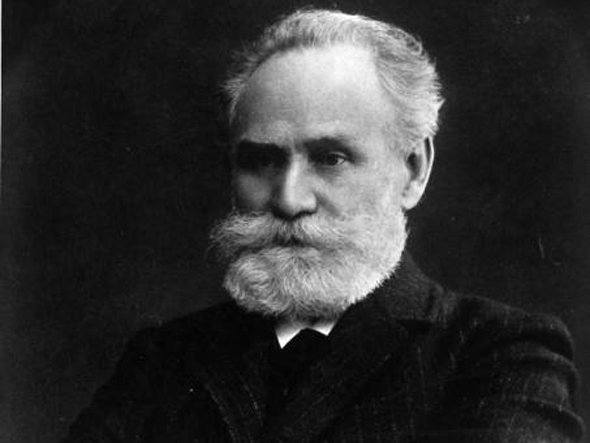December 9, 2013
Instructional Design Models and Theories: Classical Conditioning
1903 - Ivan Pavlov discovers Classical Conditioning Theory, while conducting research on the digestive system of dogs. Later classical conditioning theory was applied to humans by John B. Watson. Check the Instructional Design Models and Theories: Classical Conditioning article and presentation to find more.
by Christopher Pappas





